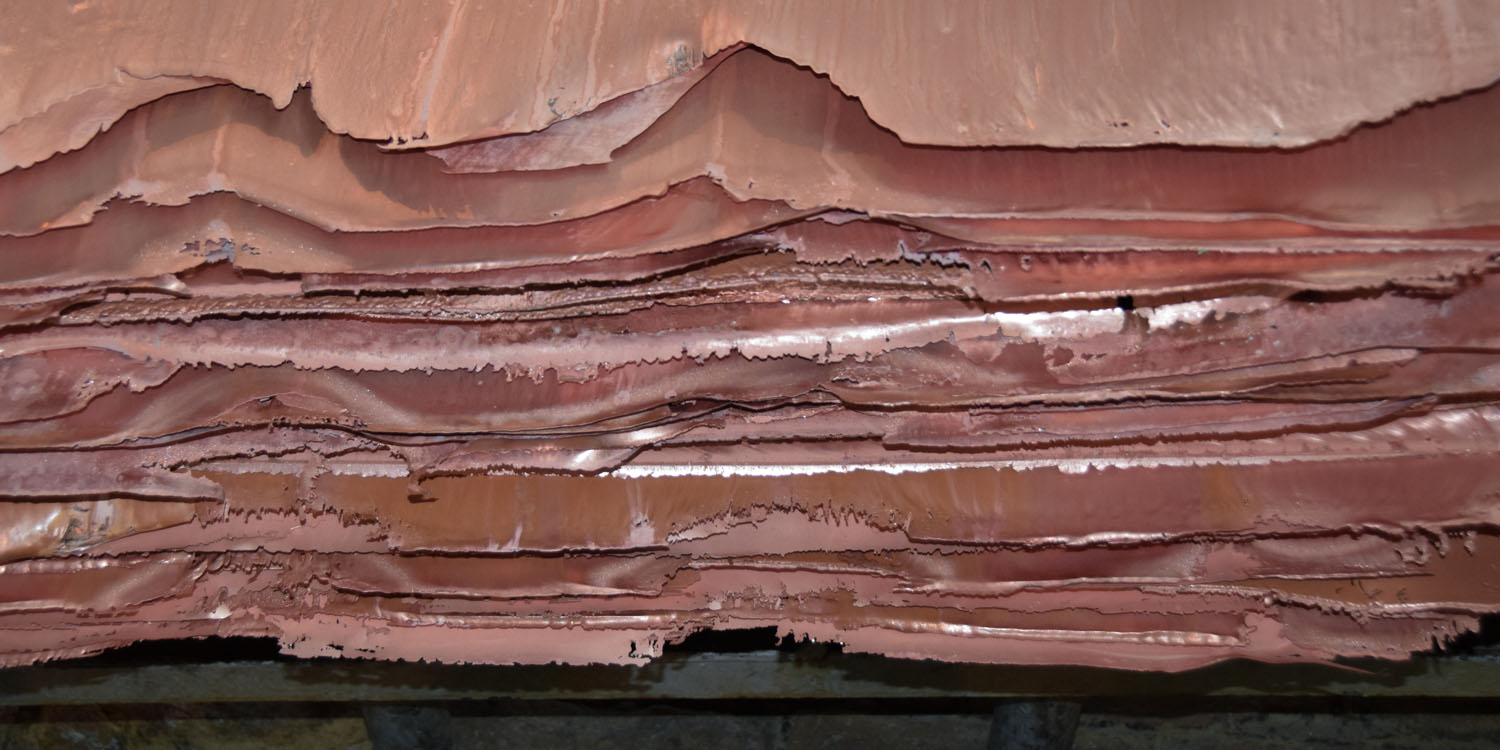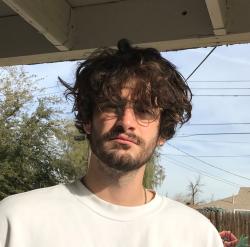1.
The copper mine in Erdenet, Mongolia, provides jobs, income, opportunities. It finances most of the city’s infrastructure. It funds a hospital. People are grateful for the mine, and proud. There’s copper everywhere in Erdenet. There’s a statue of its chemical symbol (Cu). There are coppersmiths and copper-antique dealers. There’s a copper statue of the Buddha. There are copper bowls and bracelets and spoons in market stalls and traditional-medicine shops.
But lingering in the corners of conversations, or at the end of a long night of vodka and cards, is another side of the mine. On one such night, after my interpreter, Oyuka, has passed out, his friend tries to explain what’s going on. He sketches a web of words and arrows, almost all of which eludes me. Executives paid in euros, deals behind closed doors and between offshore accounts, most employees making just enough to get by.
Wary because of the corruption claims, the mine rejects our request for a visit. We sneak in by claiming to work for a Belarusian dump-truck company. Inside the office building, we talk in whispers to a geologist Oyuka knows. The whispering seems to confirm we’re amid last night’s tangled web, until we find out the geologist’s colleague is napping next door. The shadows seep back into the walls. I see instead the suits and ties, the measure of prosperity and pride in the faces of the staff.
We talk to the drill team. They take core samples of the mountain to determine where excavators should dig next. If the drill team doesn’t have milk, vodka, and incense to offer to the mountain’s spirit each day, they won’t work. For many Mongolians, the land is inhabited by protector deities that are a part of the natural world, so it’s dangerous to dig—mining even more so. A few years ago, five of the team’s cars broke down at once, and the team refused to work until Buddhist monks came to calm the spirits.
Driving back to town, we pass the tailing pond, what Oyuka calls the waste lake. It’s milky-gray, and when the wind blows hard, clouds of chalky dust blow off the surface and into the Orkhon River, the town’s water supply.
2.

Erdenet is Mongolia’s second-largest city. Built from nothing in the ’70s to house mining staff. Now about one in ten works for the mine. There are Soviet apartment blocks and office buildings, banks and grocery stores, bars and nightclubs, Korean barbecue and King Dumpling. All thanks to the mine.
There is a fraught overlap here of spiritual, financial, and medical spheres when it comes to this ubiquitous metal. An antique shop has copper artifacts on display in the window. The owner talks about how the Erdenet mountain’s spirit caused her friend’s son to get in a car crash. Then she shows off a copper jug. It’s Mongolian copper, she says proudly, from Erdenet. If you leave water in it overnight and drink it in the morning, it can clean out your liver. Lots of liver problems these days, she says.
Mongolians across the country believe copper has healing properties. In Erdenet, some believe copper to address some of the very problems caused by the mine.
An assistant at the mine, for instance, tells me that more and more people are getting liver cancer—from toxins in the food and water. From the waste lake. But drinking water out of a copper bowl will clear the liver right out. Behind her desk is a large copper disk etched with zodiac signs.
A blacksmith tells me that the magnetic waves coming from electronics can cause cancer, but wearing a copper bracelet wards them away. What does she think about the fact that electronics are wired with copper? I ask. It’s strange, she admits. She doesn’t know why copper would protect against danger produced by copper, except that the metal provides a solution for itself.
There is a hospital, Erdenet Medipas, funded entirely by the mine. The traditional-medicine wing of that hospital boasts the country’s foremost researcher into the healing properties of copper. The walls of her office are covered in copper plaques and trophies awarded to her by the mining company. I ask the doctor if, when copper miners injure themselves, they are ever treated with copper. “Sometimes,” she says. “If the situation calls for it.”
These dispatches are from #VQRTrueStory, our social-media experiment in nonfiction, which you can follow by visiting us on Instagram: @vqreview.








